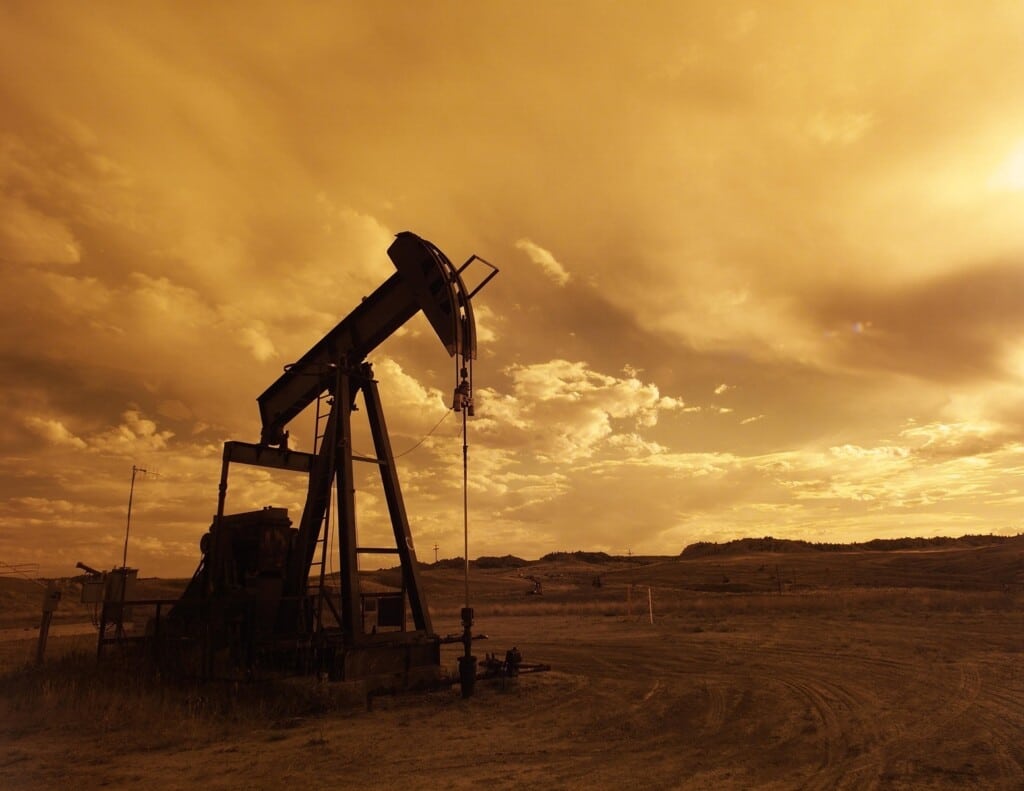
On Monday, the Biden administration announced it would approve an $8 billion oil project in the North Slope of Alaska, which would result in substantial carbon emissions and potentially threaten the practices of Indigenous communities in the area. However, the administration also said over the weekend it would block future offshore oil and gas drilling in the Arctic Ocean and limit onshore drilling in Alaska, a possible concession to climate activists who have called the ConocoPhillips Willow project a “carbon bomb.”
The approval of the project may not be a shock because the administration previously defended it in court, although the Interior Department said it had “substantial concerns.”
But the decision breaks Biden’s campaign pledge that there would be “no more drilling on federal lands, period.” And it mirrors the fossil fuel industry’s push to reassert their interests as fluctuating gas prices and the war in Ukraine have raised concerns about the stability of energy markets.
Juan Jhong Chung, climate justice director for the Michigan Environmental Justice Coalition, told Planet Detroit that his organization was keeping an eye on the issue because it could signal the administration’s priorities on climate action and environmental justice.
“I think that the Biden administration is playing both sides, trying to appease climate and environmental justice communities and at the same time the fossil fuel industry,” he said. “In the end, industry has much more power to keep the status quo, which is burning fossil fuels, creating more local pollution, fueling the climate crisis.”
Jhong Chung noted that the fallout from the carbon pollution produced by the Willow project would help drive climate disasters that are escalating worldwide, including in Michigan.
“It is an immense amount of oil that would be extracted and burned, which would be fueling intense storms like the ones that are causing outages here,” he said.
Yet, some environmental advocates seemed to find the Willow Project, not just troubling but uncanny, showing a disconnect between the realities of climate change and the priorities of governments and businesses.
“How insane is this project?” environmental writer and activist Bill McKibben wrote in a blog post. “ConocoPhillips has said it may need to freeze the rapidly thawing ground with massive chillers to drill for the oil that will drive that melt even higher.”
In 2021, the International Energy Agency said that limiting warming to the 1.5 C target set by the Paris Agreement meant “no investment in new fossil fuel supply projects.” And last year, UN Secretary-General António Guterres warned that “we are on a fast track to climate disaster,” saying that global emissions needed to be reduced by 45% this decade to preserve the 1.5 C target.
But the Willow project would result in an estimated 260 million tons of greenhouse gas emissions over the next thirty years, equivalent to the annual carbon pollution from 56 million gas-powered cars or 70 coal-fired power plants.
These stakes and the fact that the White House had the authority to block the project on account of its use of federal land help explain the widespread pushback it encountered. More than three million people signed a petition to stop the project, and Tik Tok videos with the hashtags #StopWillow and #StopTheWillowProject attracted around 300 million views.
Some have said Biden is pressured to appear proactive on fuel prices ahead of the 2024 election. He received negative press last summer when gas prices climbed, seeming to hit some swing states especially hard. Gas was as high as $5.22 a gallon in Michigan and $4.92 in Wisconsin.
Yet, it’s unclear if the Willow decision will prove to be a good move politically. In the 2022 midterms, around half of U.S. voters said climate change was “very important” or “one of the most important issues,” according to a Washington Post-ABC News poll.
“He’s really putting in danger his legacy as a so-called climate president,” Jhong Chung said.
Approving the project is also unlikely to lower gas prices in the short term. It will take years for the oil to begin flowing, and the U.S. is already producing more than twice as much oil as it did in 2008 while exporting much of it to other countries.
Yet, Kevin Book, managing director of the research firm Clearview Energy Partners, told the New York Times that energy market upheavals caused by the war in Ukraine justified the Willow project.
“The war is not over,” he said. “There is still a big potential risk to supply, and it’s not going to end even if the war does.”
In addition to its climate costs, expanding oil production on the North Slope of Alaska could have dramatic local impacts, disrupting animal migration patterns and imperiling the subsistence activities of Indigenous people living nearby.
“Nuiqsut, the village that would suffer the impacts of Willow, gets the majority of its food from subsistence hunting and fishing,” the Indigenous environmental group Sovereign Iñupiat for a Living Arctic said in a letter to President Biden. “Oil development in the region has encircled the town and has already eliminated or degraded many important hunting and fishing grounds, making it hard for people to put food on the table.”
However, some Indigenous people in Alaska have expressed support for the project and the jobs and tax dollars it could bring to the state. U.S. Rep. Mary Peltola (D-AK), who is Yup’ik, said she believed Willow would create well-paid union jobs.
Now that the project has been greenlighted, the environmental legal group Earthjustice has warned that ConocoPhilips plans to use it as “a stepping-stone for future development.” In a statement to Planet Detroit, Earthjustice attorney Erik Grafe said, “Litigation is very likely. We are reviewing the details of the final decision.”
